My village, Harsinghpura, in Haryana’s Karnal district, lies in the khadar region between the Grand Trunk Road and the Yamuna River. The Yamuna flows three to four kilometers away from the village, and until the 1950s and 60s, floods would come almost every second or third year during the rainy season.
The mud houses in the village would collapse. To stop the floodwater, people built embankments at both ends of the main lane. Our baithak (men’s meeting place) was outside the embankment, and water would fill it. We used to live on the roof during that time. The inner house, meant for women, was usually safe from water. The floodwaters rose four to five feet high, and I would swim from the embankment to our brick-built baithak.
Outside the village, everything turned into water and land mixed together. The flood lasted only five to seven days, but it took a month or two for life to return to normal. Then came the patwari (village revenue officer) and tehsildar (sub-divisional officer) to assess the damage and provide takavi loans. Takavi was a type of loan that was only recovered when a farmer bought or sold land. I remember they used to give Rs110 to those whose houses had collapsed. With some adjustments and informal dealings, the officials would give ₹110 to everyone.
On one such occasion at the village chaupal (community center), my father’s name was called. At first, he didn’t get up, and then he quietly left for home. Explaining the matter to my mother, he said: “The government is giving Rs110 for houses that collapsed in the floods. Our house hasn’t collapsed, but they are still offering us the money. ₹110 is a big sum, and everyone is taking it. But to me, it feels like sin and dishonesty. What should I do?”
My father sought my mother’s advice.
She replied: “If your heart doesn’t agree, then don’t take it. God will make up for the loss in the next harvest.” To my father did not take the Rs110. When the village watchman came to call him, my mother told him firmly: “We will not take the money.” Floods did destroy one harvest, but the next three or four crops were always bountiful. The floodwaters spread fertile mountain soil across the fields, acting like natural manure. The water level in wells rose, making irrigation easier. Our subsequent crops turned out excellent.
During those days, government announcements required twenty able-bodied men from each khadar village to contribute shramdaan (voluntary labor) daily, with shovels and baskets, to build the Yamuna embankment. They received no wages—everyone worked as a duty. Eventually, an embankment was built from Yamunanagar to Delhi. As a result, our village no longer suffers from floods.
Today, one of the main causes of flooding is the elevated highways and very high expressways. They block the natural flow of water, causing villages and fields to submerge. Villagers cut roads to release water, which then drowns other villages. Disputes are increasing. People are guarding the roads and embankments in shifts to protect them.
The flood situation in Punjab is worse than in Haryana. Farmers from Haryana have gone in large numbers with tractors and trucks carrying food and supplies. Now, in Punjab, announcements are being made in gurdwaras and posts are being shared on social media, requesting people not to send more relief material. In such times, gurdwaras perform commendable service. I wish our temples, saints, and religious leaders would also set such an example.
(Ajeet Singh is an IIS officer and retired as Director, DDK. He stays in Hisar, Haryana. His Contact No.9466647037)
.jpg)
 Ajeet Singh
Ajeet Singh 
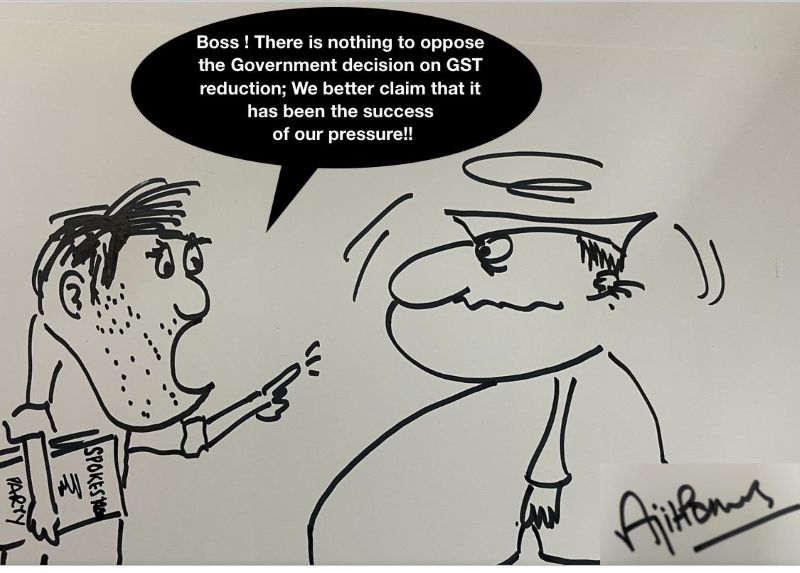
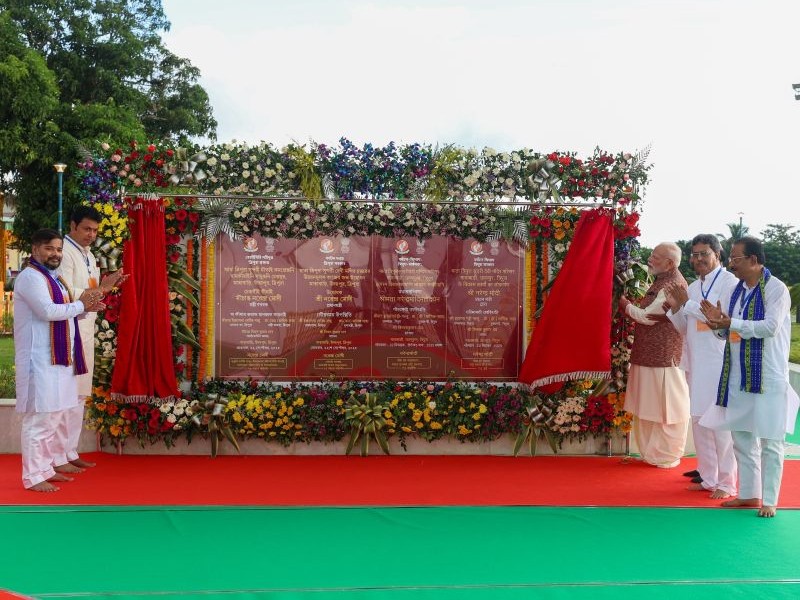
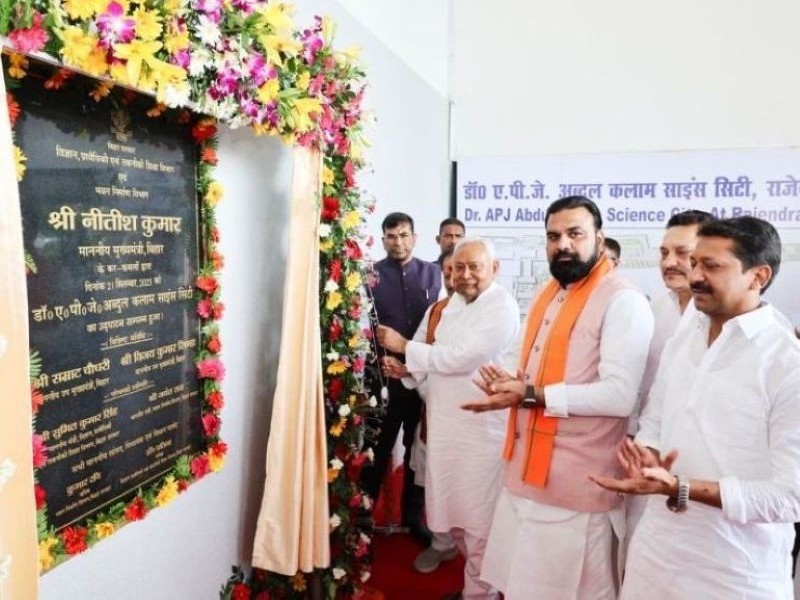
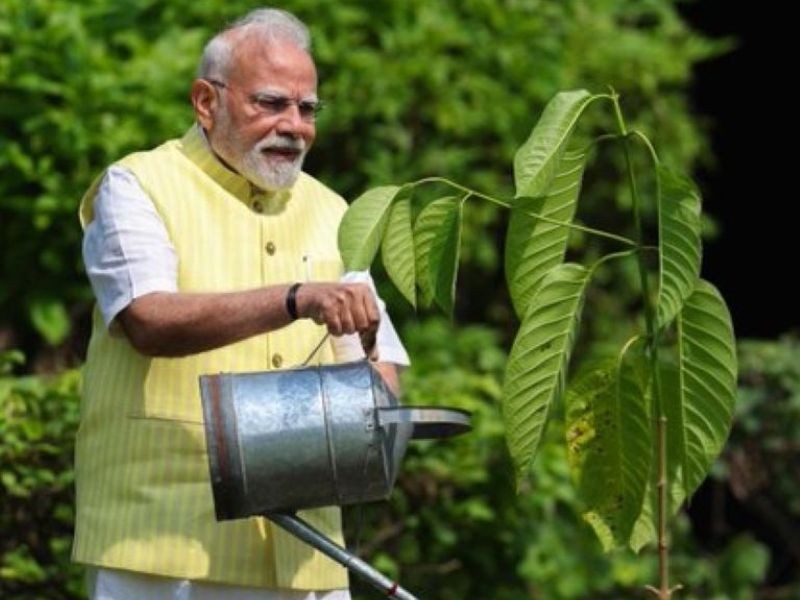

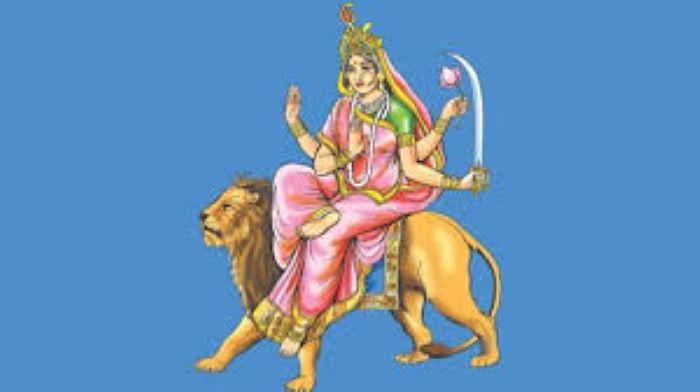
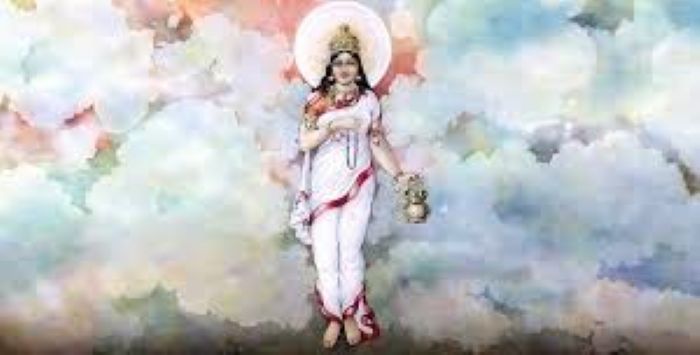

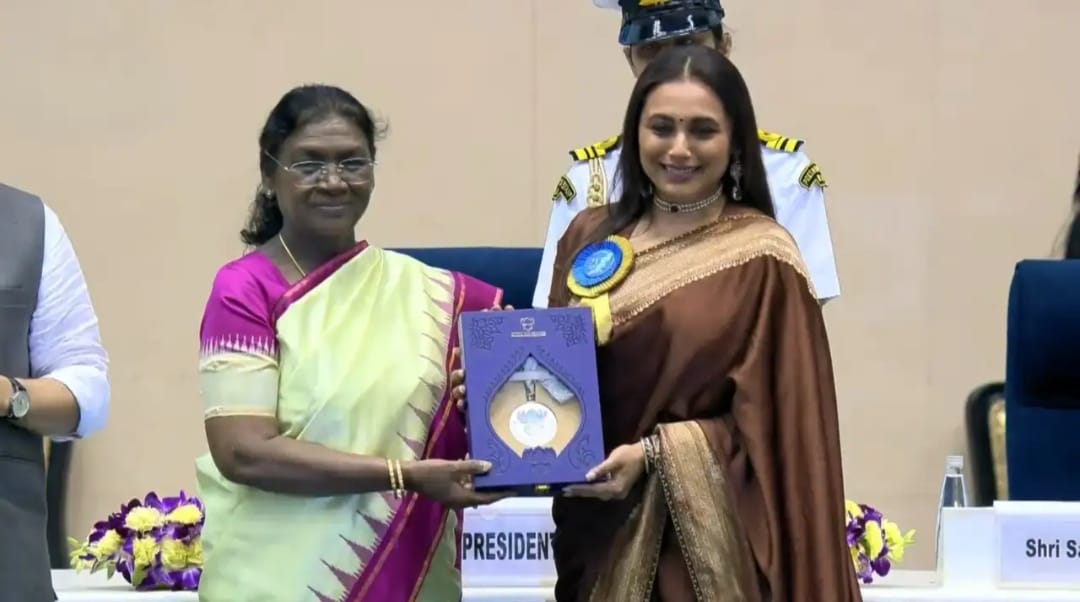



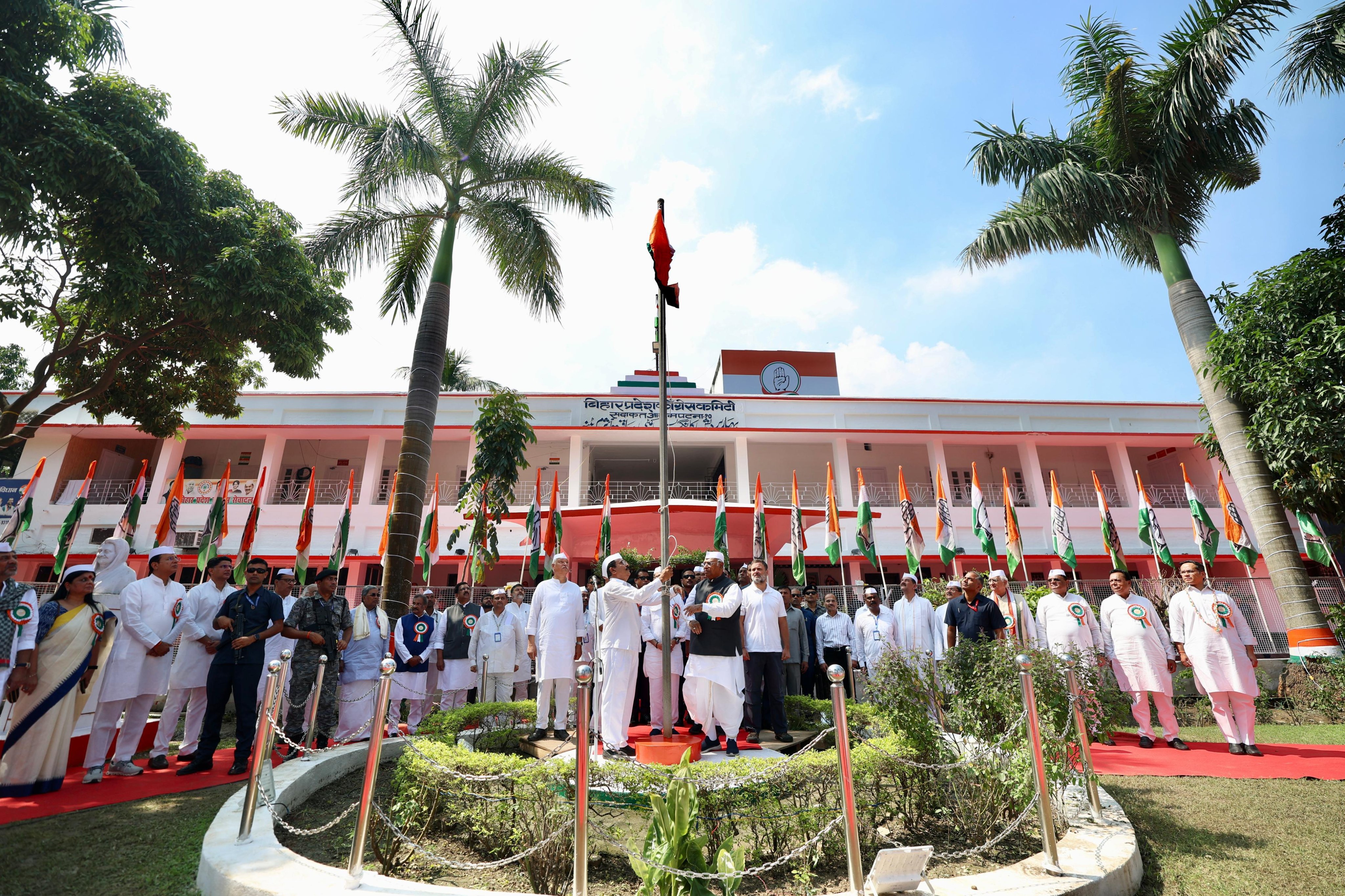
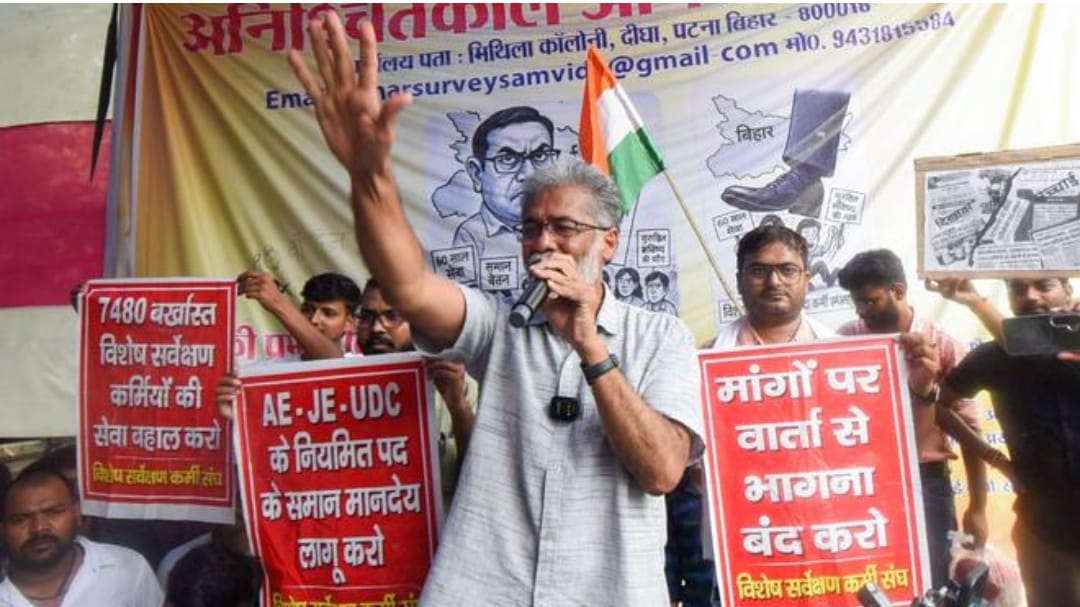

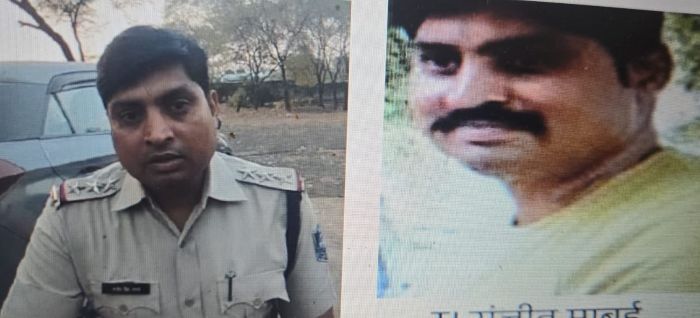

Related Items
Cloudburst triggers heavy floods in Dehradun, 200 students rescued
Cloudburst in Himachal village, Vehicles buried in debris
PM Modi reviews Uttarakhand floods, announces Rs 1,200 crore aid